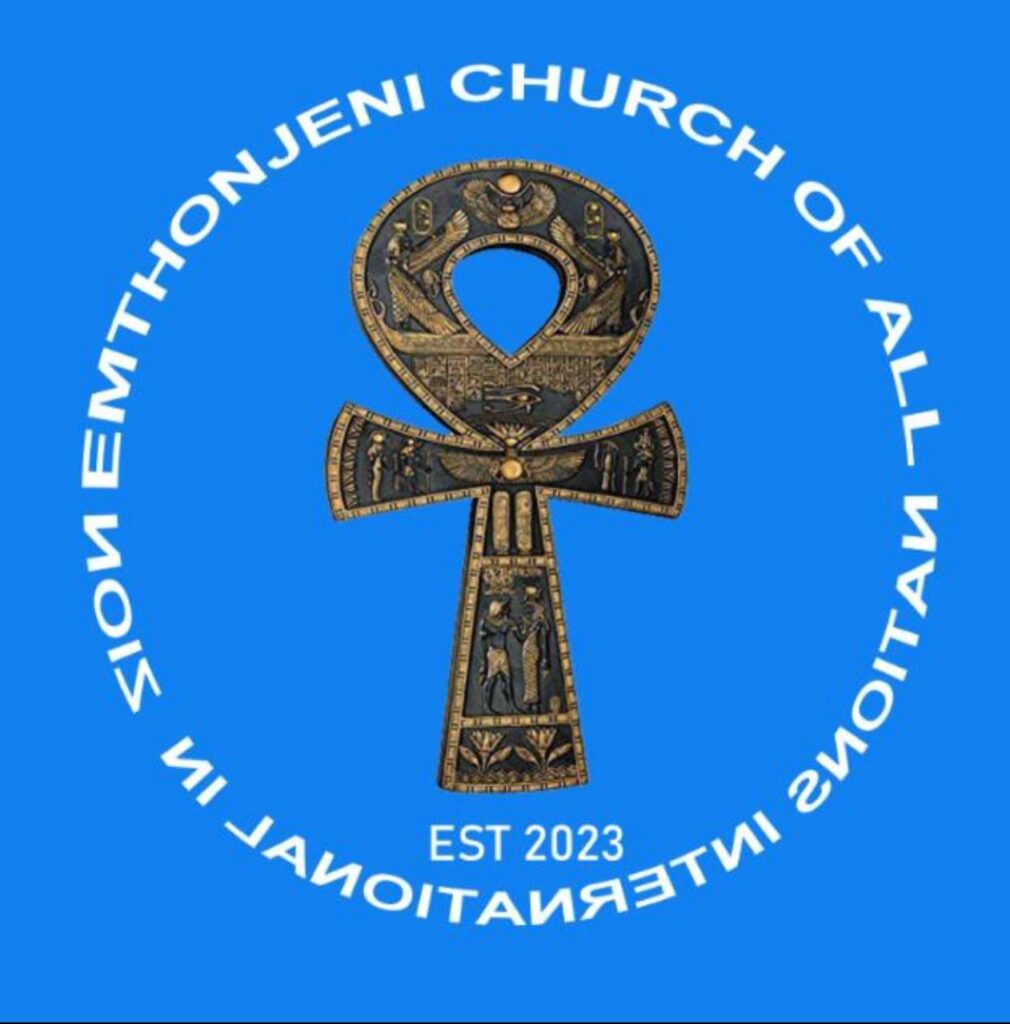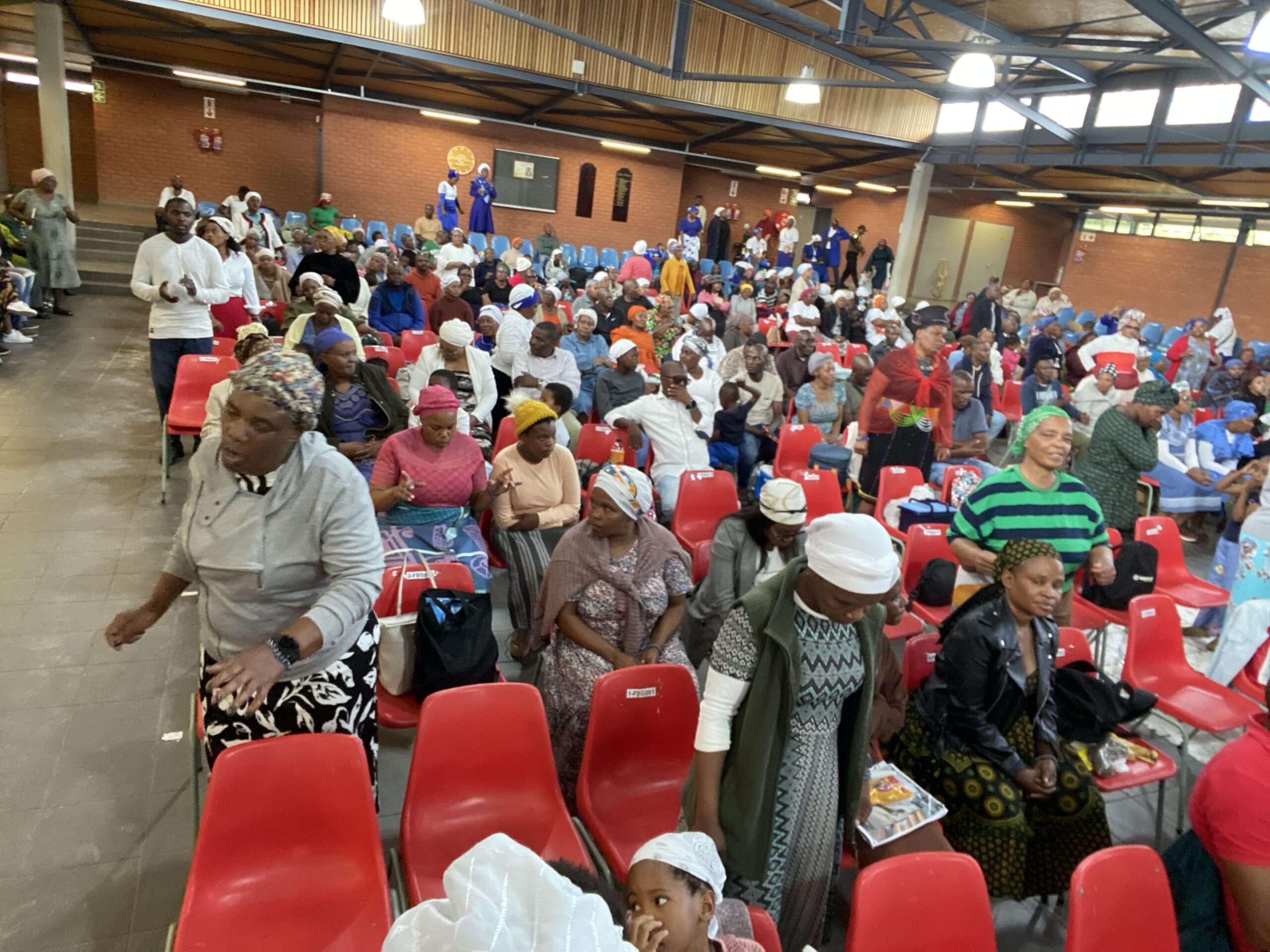Intersex
Understanding Intersex: Honouring the Sacred Diversity of the Human Body
An ECOAN Guide for Families, Devotees, and Spiritual Leaders
What Does “Intersex” Mean?
Intersex is a word used to describe people who are born with bodies that don’t fit the typical idea of
“male” or “female.” This might include differences in:
• The shape of their genitals
• Their internal organs (like ovaries or testes)
• Their chromosomes (which carry our genetic information)
• Their hormone levels (which affect how bodies grow and change)
These differences are natural and part of the wide variety of how humans are created.
How and When Is Intersex Noticed?
Some intersex traits are visible at birth. Others only appear later—such as during puberty or when a
person tries to have children. Some people may live for years before discovering they are intersex,
and that’s okay.
Examples of Intersex Conditions
Here are some examples of how intersex can appear:
1. Androgen Insensitivity Syndrome (AIS)
Someone is born with XY chromosomes (usually linked to males), but their body doesn’t respond to
male hormones. So they may look and feel more like a girl or woman, even though their
chromosomes are XY.
2. Congenital Adrenal Hyperplasia (CAH)
This happens when a girl’s body (XX chromosomes) makes more male-type hormones than usual.
She may be born with genitals that look a bit more like a boy’s.
3. Klinefelter Syndrome (XXY)
This is when a person has an extra X chromosome. They may be born looking like a boy but have
softer features, less body hair, and may have difficulty having children.
4. Turner Syndrome (X0)
This happens when a girl is missing one of her X chromosomes. She may be shorter than average and
may not have periods or be able to have children.
How Has Intersex Been Treated in the Past?
In the past, doctors often tried to “fix” intersex bodies with surgery or hormones—sometimes
without asking the person or waiting until they were old enough to decide for themselves. Many
intersex people say this caused pain, confusion, and trauma.
Today, there is a growing call to respect intersex children and adults by letting them decide what they
want for their own bodies when they are ready.Spiritual Understanding in ECOAN
At ECOAN, we believe:
• Everyone is sacred, no matter what they look like.
• Intersex people are part of God’s diverse creation.
• Nomkhubulwana, the goddess of fertility and change, shows us that not everything in life fits
into two neat boxes.
• People who are born different can carry special spiritual callings, and their lives should be
honoured and protected.
How Should We Treat Intersex People?
We treat them with:
• Kindness – Avoid making jokes, judging, or staring.
• Respect – Use the names and pronouns they ask for.
• Patience – Understand they may still be learning about themselves.
• Love – Make them feel they are fully part of the family, the church, and the community.
Our Commitment in ECOAN
As followers of Nomkhubulwana and the ancestral path of sacred balance, ECOAN commits to:
• Welcoming intersex people fully into our community
• Refusing to shame or exclude anyone based on their body
• Offering blessings, rituals, and ceremonies that reflect their true selves
• Educating others about the sacred diversity of the human body
Closing Words
❖ Intersex is not a mistake.
❖ It is part of the wide, beautiful diversity of life.
❖ When we honour intersex people, we honour God.
❖ When we listen to them, we learn more about what it means to be human.
❖ When we bless them, we bless ourselves.
For the divine does not only dwell in the known and expected, but
also in the rare, the in-between, and the sacredly different.
Read more

